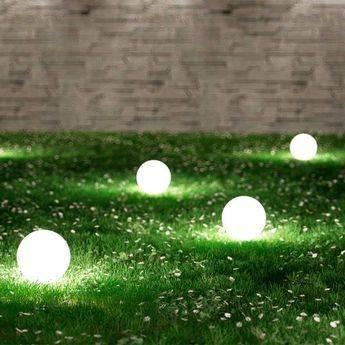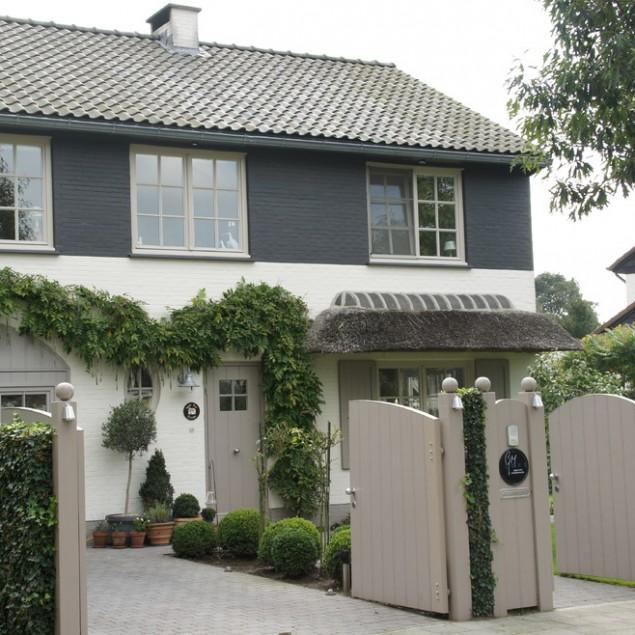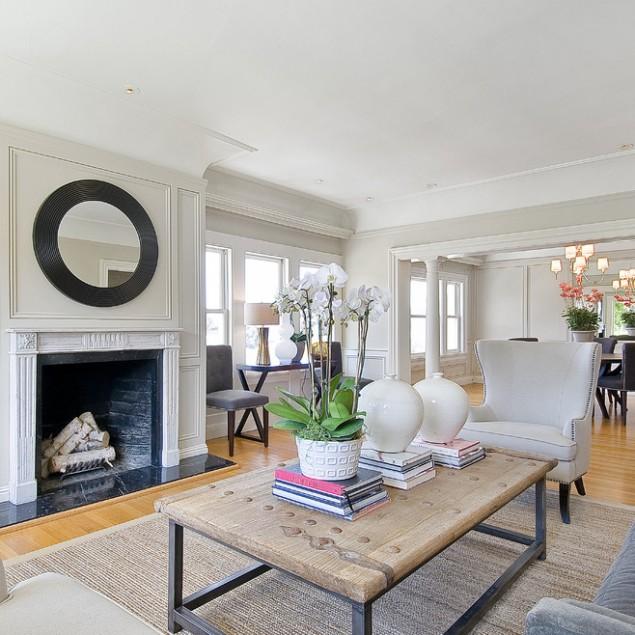Lighting is the heart and soul of your home. Not only is it necessary to use a space when it gets dark outside, but lighting can have a major impact on the aesthetics, the atmosphere, and even the comfort level of your home.
This makes it one of the best places to turn if you’re looking for something new with your home, especially if there are a few rooms that feel too dim or dark to use comfortably. It only takes one small change to the lighting for an entire space to take on a very different tone and feel.
Here are a few ways to DIY up some new lighting for your home, whether that’s direct changes to the bulbs or more subtle adjustments with the lighting itself. Remember that there isn’t a perfect way to light any room – it all depends on the room itself, and the kind of results that you’re looking for.
Improve the Focal Point
A room always has a single primary focal point when it comes to lighting, no matter how large that room actually is. If you want to quickly change the overall brightness and comfort of a room, then you need to tweak the focal point’s lighting itself – something that isn’t hard at all.
For example, a bedroom usually has a ceiling light that acts as the dominant light source of the entire room. By switching out the bulb, you can make some dramatic changes to the way that the entire space looks – a slightly brighter bulb leads to a lighter-feeling room.
This doesn’t just go for the actual bulbs, either. The shades that you use on that main light can have an impact, whether that’s spreading the light into a pattern, dimming it, tinting it a certain color, or just leaving it exposed at certain angles. It’s a small difference, but it can have a huge impact.
Use Natural Light
Natural light can be just as effective as artificial light, at least during the daytime. Supplementing your artificial light with natural sources works well, and allows you to have a space that feels brighter in the day but much dimmer at night – even if the artificial lights are still the same.
Replacing thick curtains with thinner options can let more light leak through, and blinds allow some more granular adjustment of how much light gets in. Some people even prefer to use thin privacy shades, keeping themselves hidden but letting light through easily.
Handling natural light comfortably really depends on the kind of room that you’re working with. An east-facing room gets plenty of light during the morning, but none in the evening, while a west-facing room does the opposite. Considering details like this can really help when trying to figure out why a room feels so wrong.
Use More Light Sources
Trading one light source for multiple independent light sources can sometimes have a huge impact on how bright a space looks. Layering your lighting not only gives you a brighter space but it can help you cover different angles, avoiding the problem of the room’s corners looking far too dark.
In a smaller space, a single light source might keep most of the room well-lit. However, a larger room requires more light, which often means using two sources at once to keep the space looking comfortable. Plus, if you only have one light source, then a bad bulb can impact the entire room.
Even something as small as a desk lamp can really help illuminate a darker space, giving you a much nicer area. Separate switches or controls also give you a more modular way to approach a space – you can turn on the lights in areas that you’re actually using, but ignore lights in areas that you aren’t.
Switch to Better Bulbs
There can be a significant difference in quality between different bulbs. Companies like emeryallen.com/ can offer some excellent options that completely blow cheaper-quality bulbs out of the water, giving you more lighting without actually demanding extra power or complex installation work.
Finding the right bulbs for any room can make a huge difference, giving you a much brighter space and offering more control over the kind of light that you’re using. Not only do these companies often have more variety, but they can usually show off examples of what their bulbs will actually look like before you buy them.
Not every expensive bulb is going to be better, but avoiding cheaper options will often get you better results. Pricy bulbs tend to be more efficient, more effective, brighter, and much more flexible in how they can be used – all without sacrificing any of the benefits you already get from your room lighting.
Remember that most lightbulbs can last for years before needing replacements. Even if a bulb seems expensive, it’s likely to last for a long time, so the cost isn’t going to be a money sink. Cheaper bulbs might wear out faster, or even suddenly fizzle out one day without warning.
Use Mini LEDs
Mini LEDs are a very powerful tool for any homeowner. They can be added to almost any room, installed nearly anywhere, and can provide plenty of light without being a major obstruction in your home.
A good set of mini LEDs can help light up a space in key areas, complementing the existing light without making a space look too bright or consuming too much power. They can also be nice mood lighting on their own if used in a bedroom or other relaxing space, and can be installed nearly anywhere with minimal issues.
Not only are mini LEDs very versatile, but they can be used with any other kind of lighting, and are a very flexible tool in general. If you have issues with the way that your home is lit, then you can add a few of these small lights around key items or pieces of furniture to bring some more illumination into the right places at the right time.







